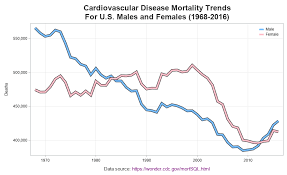A trait/characteristic that enables an organism to survive in specific environment
What is an adaptation.
The variable that is changed
Which planet is known as the Red Planet?
Mars
A symbiotic relationship where one organisms benefits and the other is neutral
What is Commensalism.
What is the hieracrchical structure of organisms?
What is cells>tissues>organs> organ systems> organisms.
Describe 2 trends of in the graph below 
What vegetable was the first to be grown in space?
- Answer: Potato
What is Natural Selection?
What is The theory proposed by Charles Darwin that describes how organisms evolove over time - through survival of the fittest.
The difference in nutrient requirements between autotrophs and heterotrophs
Including controlled variables & a blank (control) test subject to ensure you are testing the hypothesis.
What is validity of the experiment
What is the largest desert in the world?
Antartica
What is The powerhouse (site of respiration) of the cell
What is the mitochondria
Evidence for Evolution that anaylses animals forearms and their similarites
What is fossil evidence - the pentadactyl limb
The theory that describes how water moves through xylem.
What is transpiration, cohension, tension theory.
Calculate the following percentages (you can use a calculator)
- 5/100,000
- 42/2,265
- 67/1,000
- 0.005%
- 1.85%
- 6.7%
Who was the first woman to win a Nobel Prize?
- Answer: Marie Curie
What type of cell transport requires energy input?
What is active transport
Type of evolution where organisms develop similar characteristics without being related.
What is convergent evolution. e.g. dolphin and fish.
The source in source to sink theory describes.
What is the site of photosynthesis - where sugars are made.
The movement of air into the lungs is called this
What is inhalation?
In this experiment, I set up two identical pots. Both contain ten bean seeds planted in the same type of soil, and both are placed in the same window. In fact, there is only one thing that I do differently to the two pots:
- One pot of seeds gets watered every afternoon.
- The other pot of seeds doesn't get any water at all.
After a week, nine out of ten seeds in the watered pot have sprouted, while none of the seeds in the dry pot have sprouted.
Identify 2 improvements that coud be made in this experiement.
What is Increase sample size, ensure beans are same type, repeated more than 5 times.
Which country has more sheep than people?
New Zealand